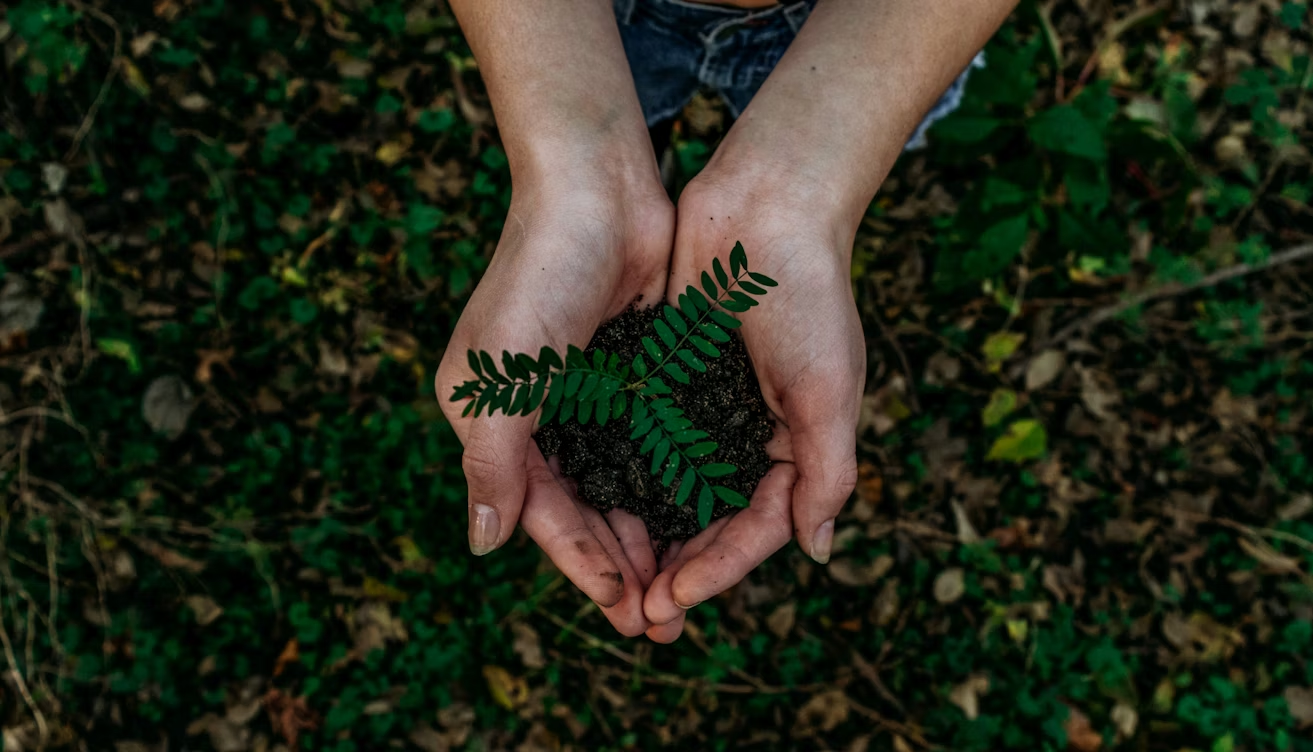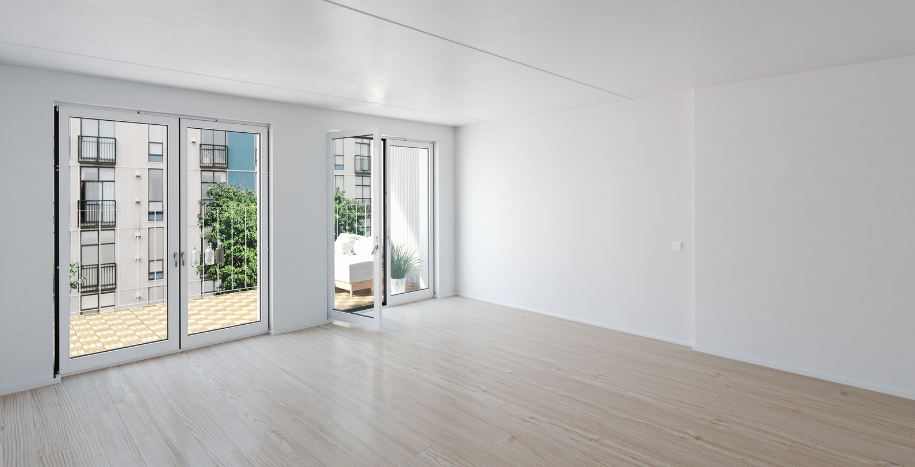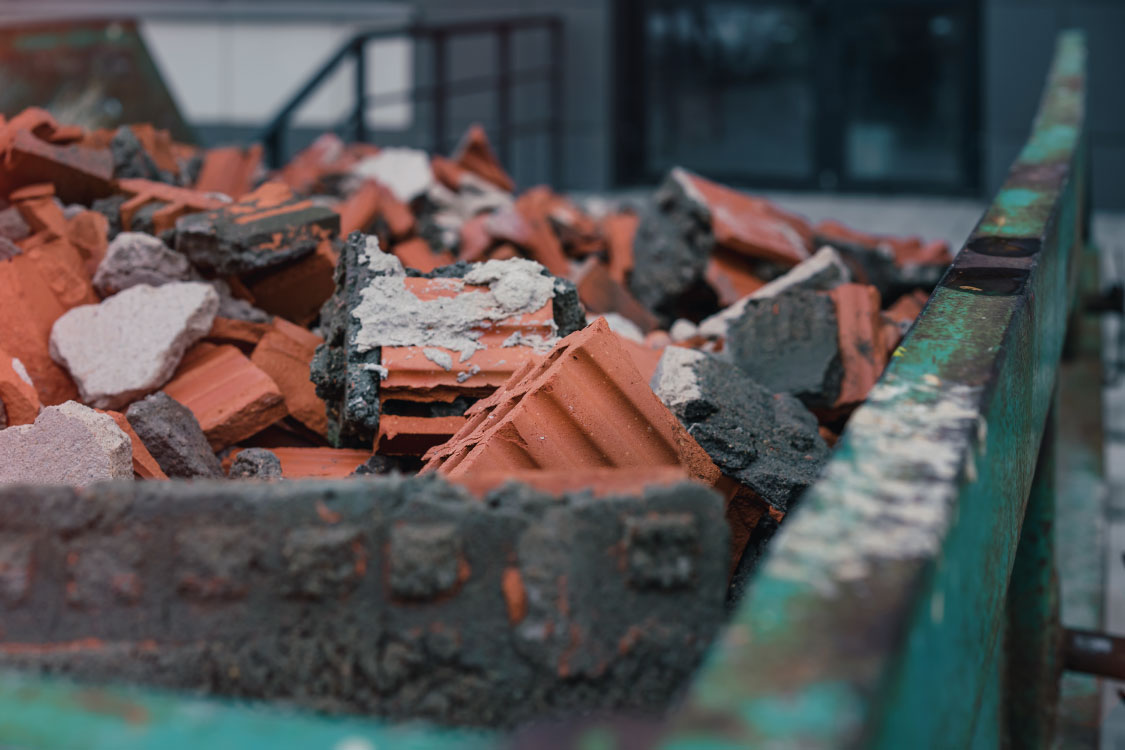50 Things To Get Rid of For a Minimalist Home

How can I be a minimalist at home? In an era characterised by constant stimulation and material excess, minimalism has surged in popularity as a way to maintain balance and ease, particularly when applied to the spaces we inhabit.
Minimalism is a deliberate and mindful approach to living that seeks to simplify our surroundings by paring down our possessions to the essentials. Rooted in the belief that a clutter-free environment fosters clarity of mind and a sense of calm, minimalism encourages intentional living, emphasising quality over quantity.
Overview:
3 Key Things to Remember to Create a Minimalist Home
50 Things to Get Rid of for a Minimalist Home
The Big Clean Out: How to Get Rid of Stuff
Minimalism in the home: Curating Ease
By curating our living spaces to include only what is necessary and meaningful, we transform our homes and the lives we lead in them. There is an art to it, as you will discover, but it is a worthwhile skill, and you and your family will reap the benefits for years.
Minimalism is an aesthetic style for your home and a shift in outlook. You will carefully audit what makes it into your home and regularly remove items if they no longer serve a purpose.
More possessions require more time to clean & tidy! It pays to be consistent and maintain your spaces so possessions don’t pile up again. In our busy lives, this is a high priority! Fewer items = more time.
Additionally, a minimalist home has substantial mental health benefits by reducing feelings of stress and anxiety and helping keep cortisol levels balanced.
3 Key Things to Remember to Create a Minimalist Home
1. Quality, Quality, Quality!
Quality is one of the most essential points to remember when creating a minimalist home. Editing your items based on quality will help you decide what to keep and let go much faster. If you are tossing up whether to get rid of something, consider whether it is well made; for example, is the top made of polyester or cotton? Ensure you consider quality when you need to make a purchase; only buy quality items that will last the test of time. If you cannot afford to buy quality items new, buy them second-hand.
2. Consistency is key
Include decluttering as a regular part of keeping a home, much like cleaning the bathroom, and ensure auditing your possessions is done regularly to maintain minimalism.
In modern first-world societies, we have many items to choose from and it’s easy to get them; we no longer need to leave the house to shop; things are shipped right to our door! As you settle into a minimalist state of mind, your shopping cravings will diminish. With that, you can look forward to having more free time (and money!) for experiences and to do the things you enjoy.
If you want to buy something new, try sitting on it for a while instead of jumping straight online to get it. Chances are you will forget about it! If you still need it, there are many ways to find items 2nd hand, or from an op shop, which means you can help someone else declutter too.
3. Skip the update!
New technology is appealing to many, as people feel pressure to stay up-to-date with the latest gadgets. Still, if you can skip a few generations/models, you will do a very good thing for the planet! As the adage goes – “if it ain’t broke, don’t fix it.’
This is an odd addition to the list, but electronic waste (e-waste) is a massive contributor to global waste. E-waste is the fastest-growing solid waste stream in the world. In 2019, an estimated 53.6 million tonnes of e-waste were produced globally, but only 17.4% was documented as formally collected and recycled.
Disposing of it is illegal – you’ll find that there are particular rules about throwing these items away. You can read more on The Importance of Recycling E-Waste For the Environment.
50 things to get rid of for a minimalist home
The following is a table of 50 items you could get rid of. You can use this list as you work through your home to help prompt you (within reason).
| Excessive furniture | Duplicate kitchen gadgets | Unworn or outdated clothing |
| Old magazines and newspapers | Unused or broken electronics | Outdated technology |
| Mismatched or unused kitchenware | Expired pantry items | Excessive bedding sets |
| Unused or duplicate cleaning supplies | Old and worn-out towels | Broken or outdated sports equipment |
| Unread books | Unused or broken luggage | Non-essential decorative items & kitsch |
| Excessive wall art | Unused or duplicate toiletries | Unwanted gifts |
| Outgrown children’s toys | Unused or outdated cosmetics | Non-essential craft supplies |
| Extra hangers | Old and worn-out shoes | Unused or broken jewelry |
| Unnecessary paperwork | Expired medications | Outdated calendars and planners |
| Excessive tupperware | Old and unused travel brochures | Non-essential office supplies |
| Broken or outdated tools | Excessive mugs or cups | Unused or duplicate decorations eg. Halloween/Christmas |
| Broken or mismatched dishes | Excessive candles | Old and unused stationery |
| Unused or broken gardening tools | Outdated or duplicate DVDs/CDs | Unused or broken umbrellas |
| Excessive coats and jackets | Non-essential sports gear | Outdated or duplicate kitchen utensils |
| Excessive throw pillows and blankets | Old and worn-out rugs | Old projects or ‘to do’ items – be realistic |
| Kids old school books | Unused/out of date pantry items | unused /out of date fridge contents |
| Old occasional wear & clothes that no longer fit | Unused stored musical instruments. | Unused office furniture |
The Big Clean Out: How to Get Rid of Stuff
If you are starting your minimalist journey, there will be stuff that needs to be removed from your home. There are many ways to get rid of your unneeded items and rubbish, depending on your needs. Here are five ways you can go about it below:
1. Sell 2nd hand goods in a garage sale or online.
2. Give away – many community organisations will take 2nd hand items such as bedding, coats and jackets, tins of food, unopened toiletries and sanitary items. Jump online and look locally.
3. Donate to op shops – op shops take items in good condition. A great way to avoid unnecessary waste!
4. Your red bin & recycling bin – of course, there will be stuff that no one will want or need; you can put these items in your household waste bins.
5. What is left can go in a skip; hiring a skip is a great way to get rid of rubbish fast without having to handle its transport!
We’ve written a comprehensive waste management guide – read How To Improve Waste Management – 7 Tips.
Frequently Asked Questions:
How do you get rid of things you don’t need anymore?
Put items into a “get rid of” box. Later, sort the “get rid of” box into “donate,” “sell,” “recycle,” and “rubbish.” When you’re finished, move the “get rid of” box outside or into your car to take it where it needs to go as soon as possible. Maintain it!
Keep a box or bag ready, for example, in the garage or laundry, where you can add items that are no longer wanted. When full, put it straight into the boot of your car to avoid it making its way back into your home!
What is the 20 rule of minimalism?
When struggling to make decluttering decisions, the 20/20 rule says you should consider letting go of an item if you can replace it for less than $20, and you can replace it in less than 20 minutes.
How do you simplify life and get rid of things?
See decluttering as a regular part of keeping a home, much like cleaning the bathroom. Ensure you audit your possessions regularly.
Start small and focus on one room at a time. Don’t deliberate – if you are paused over an item, that is a sign it can probably go. Be ruthless – chances are you won’t miss it.
Get rid of redundancy and don’t keep doubles; go for quality over quantity; for example, if you have two spatulas, pick the best one and get rid of the 2nd.
People also read:
What is Zero Waste & How Do You Start Living a Zero Waste Life?



